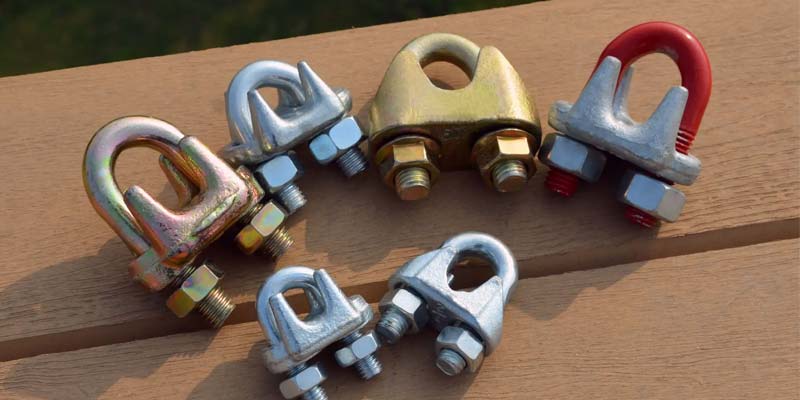- Contact Innally, Let you purchase forgings in China more favorable prices, products more assured!
- Hotline:+(86)15038323776 Email:innally@innally.com
Classification and use of rigging
- Category: Rigging and fasteners, Titanium alloy forging
- |
- Date: 16/08/2023
When using the rigging, it is necessary to select the appropriate model and specification according to the specific needs, and the state of the rigging should be checked frequently to ensure its normal operation and safe use.
- On-demand customization
Product Details
Rigging means equipment and tools used to connect, lift, pull, secure or adjust work pieces. According to different use scenarios and functions, rigging can be divided into the following categories:
Sling: accessories for lifting heavy objects or lifting machinery, including wire ropes, hooks, spares, lifting chains, etc. Sling gear is often used in industrial production, construction sites, ship loading and unloading and other fields.
Fastening rigging: including bolts, nuts, screws, studs, etc. It is used to connect and fix components, and is widely used in machinery manufacturing, construction engineering, automobile manufacturing and other fields.

Wire rope: composed of multiple strands of wire rope, can be used for lifting, rope tying, ropeway and so on. Widely used in navigation, port, oil, coal and other industries.
Rope rigging: including synthetic fiber rope, soft wire rope, etc., often used in mountaineering, outdoor sports, transportation and other fields. Drawstring: includes a drawstring, nylon strap, etc., used for pulling, fastening, or binding of soft cargo.
Adjusting rigging: including anklets, cable pulling equipment, etc., used to adjust the position of the workpiece, debugging facilities and other scenarios.
The above is the common classification and use of rigging, different types of rigging in various industries and fields play an irreplaceable role, can improve work efficiency, to ensure the safety of operation. When using the rigging, it is necessary to select the appropriate model and specification according to the specific needs, and the state of the rigging should be checked frequently to ensure its normal operation and safe use.
nannan
INNALLY mainly provides you with various types of cast and forged parts products. Welcome your inquiries! innally@innally.com
Related Products
Search
Forging center
- Steel forgings
- Aluminium alloy forging
- Titanium alloy forging
- Stainless steel forging
- Copper forging
- Automotive forgings
- Locomotive forging
- Bicycle forgings
- Motorcycle forging
- Rigging and fasteners
- Bearing forging
- Electric power fittings
- Marine forging
- Mechanical forgings for metalworking
- Mining machinery forgings
- Marine engineering forgings
- Construction machinery forgings
Popular product

© 2025. All Rights Reserved.






